A Marmoset is any one of several small monkey species in the Callitrichidae family. The Callitrichidae family also contains the closely-related tamarins and lion tamarins.
Researchers place all the different Marmoset species into four different taxonomic genuses, Callithrix, Mico, Callibella, and Cebuella. Read on to learn about the Marmoset.
Description of the Marmoset
The 22 different species of these animals come in a variety of shapes and colors. Some species have primarily black fur, while others have grey, tan, brown, white, cream, and gold. Several different species have long tufts of hair around their ears.
These primates only grow to about 8 in. long on average. Their tails are as long as, or longer than, their bodies in most instances. It is not uncommon for an individual’s tail to reach 12 in. long. They weigh about 30 oz. at their heaviest.
Interesting Facts About the Marmoset
These charismatic-looking monkeys live in Central and South America. Learn what makes these creatures so unique below.
- Smallest Monkey Species – The pygmy Marmoset is the smallest monkey species in the world. At their largest, these little creatures grow to just 5 in. long, and just 12 in. long including their tail. What does such a tiny monkey eat? Tree sap!
- Lacking Limbs – Most South American monkeys have prehensile tails that they can use like a fifth limb to grip branches. These little primates do not share that extra “appendage.” They have tails, but their tails are not prehensile.
- Dedicated Dads – Some species of Marmosets give birth to twins, or even triplets. If mom wants to go search for food, dad will take the young and carry them on his back to give her a break. Sometimes their older siblings help carry them as well!
- Claws – Most other primates have fingernails that are similar to yours and mine. However, these monkeys have sharp claws instead of fingernails. They use these claws to dig into tree bark looking for insects or tree sap.
Habitat of the Marmoset
Though there are a number of different species, most live in similar habitat types. They only occupy forest habitats with lots of trees. Additionally, they prefer the canopy level, though they do range throughout the forest in search of food.
Some of the different types of habitats that they live in include tropical rainforest, scrub forest, bamboo forest, evergreen forest, mountain forest, and more.
Distribution of the Marmoset
Each species has its own unique distribution. Some species live across a wide range, while others inhabit just a tiny region. The vast majority live in South America, but their range extends into Central America as well.
Diet of the Marmoset
Different species have different diets. Many are generalists, which means that they eat a wide variety of different foods. Some species specialize in a specific type of food, like sap.
For the most part, these primates typically eat small insects, fruits, berries, and leaves. Some common insect and invertebrate prey include grasshoppers, spiders, snails, and more. They also hunt lizards, frogs, and small birds.
Marmoset and Human Interaction
Human activity impacts the different species of Marmosets in different ways. Some species have healthy populations, and human interaction doesn’t cause them any direct threat. Others face various levels of population decline due to human activity. For certain species, researchers are unsure what their population levels actually are.
Even in populations with healthy numbers, the IUCN notes an overall theme of population decline. This is primarily due to habitat destruction and capture for the exotic pet trade.
Domestication
Humans have not domesticated these creatures in any way.
Does the Marmoset Make a Good Pet
No, these little primates do not make good pets. Even though they are small, these monkeys have complex social and dietary needs. They also need lots of mentally stimulating activities to keep them entertained. In the vast majority of cases, pet owners cannot provide properly for these creatures.
Marmoset Care
Animals in zoos are kept in family groups to ensure they receive plenty of social activity. Their enclosures are quite large, and provide them with plenty of space to play and exercise.
Zookeepers feed them a varied diet based on the species at hand. Their diets typically contain crickets, mealworms, pelleted insectivore diet, commercially produced monkey biscuits, fruits, and vegetables.
Behavior of the Marmoset
All of the various species live in groups known as troops. Troops contain anywhere from three monkeys to over a dozen individuals. Most troops consist of a single male, one or two females, and their young from the past few years. It is common for the entire family to help care for the young.
Reproduction of the Marmoset
Males mate with one or two females, depending on the species and the troop. The gestation period lasts about four or five months, depending on the species. Some species usually give birth to a single baby, while others give birth to twins regularly.
The family carries the babies on their backs until they are four weeks old. It takes about three months for the mother to wean the young off of her milk.



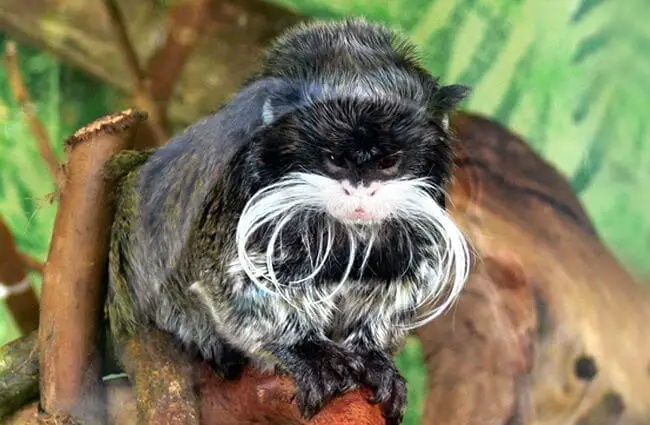
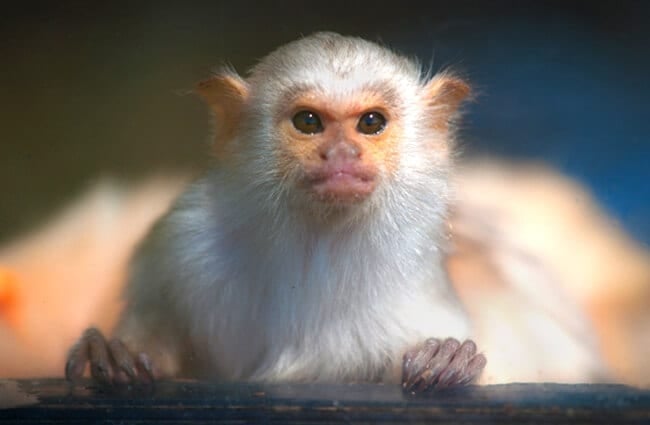
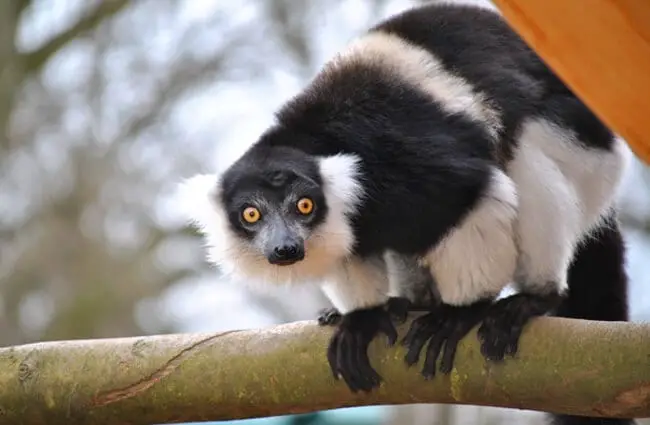
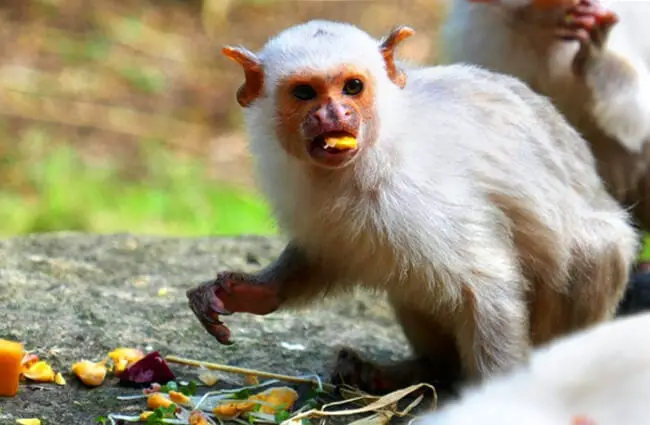




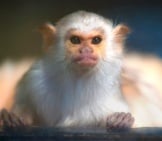
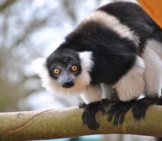
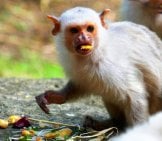
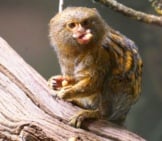
![Red Angus Closeup of a beautiful Red Angus cowPhoto by: U.S. Department of Agriculture [pubic domain]https://creativecommons.org/licenses/by/2.0/](https://animals.net/wp-content/uploads/2020/03/Red-Angus-4-238x178.jpg)












![Red Angus Closeup of a beautiful Red Angus cowPhoto by: U.S. Department of Agriculture [pubic domain]https://creativecommons.org/licenses/by/2.0/](https://animals.net/wp-content/uploads/2020/03/Red-Angus-4-100x75.jpg)

